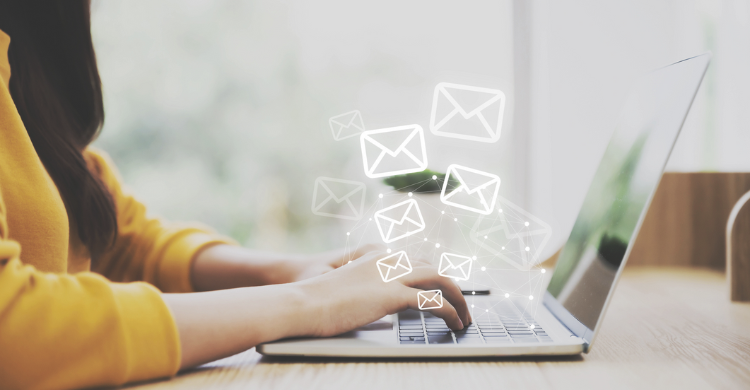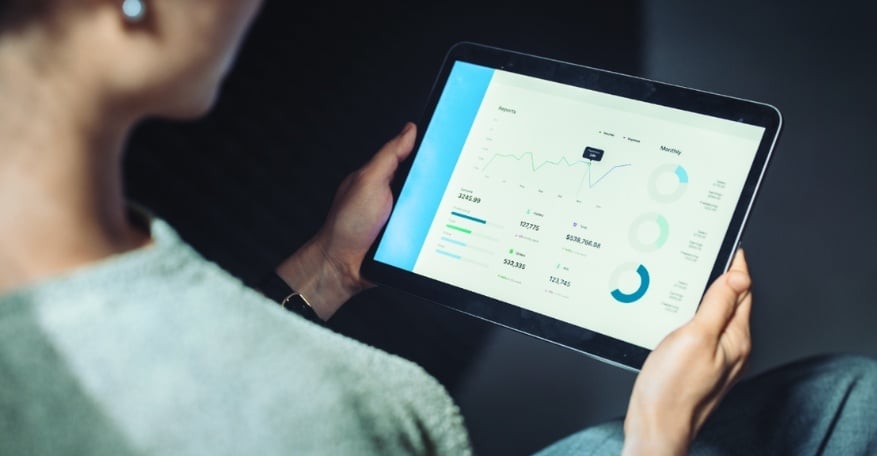New email updates are here and will take affect on February 1, 2024. Want to understand what is changing and how it might affect you? Keep reading!
What's changing with email?
- Authentication and validation - DKIM and DMARC enforcement. This affects sender reputation!
- One-click unsubscribe
- 0.3% spam rate threshold - affecting deliverability
New requirements for bulk senders will be enforced on February 1, 2024, to make inboxes even safer and less cluttered with spam.
These new guidelines apply to domain owners who send more than 5000 emails daily to personal accounts that end in @gmail.com, @googlemail.com, @yahoo.com, and @ymail.com. It’s worth mentioning that all emails count towards your daily email sending volume, regardless of their nature – marketing or transactional.
What can you do to prevent email deliverability issues?
- Make sure your domain & DMS is set up correctly. Easy DMARC is a resource to check if records are set up correctly. Type in the domain and see the status (all set or errors). It also has email deliverability monitoring.
- Make sure you have a one-click unsubscribe link (especially for email and newsletter templates).
- Clean your CRM, utilize email lists, and segmenting. You can use tools like Neverbounce to clean your contacts and remove junk emails. A good rule of thumb is if someone unsubscribed once, remove them from your CRM and never email them again. This will eliminate any risk of exceeding that 0.3% spam rate.
- Hyperfocus and target your emails. Now is a good time to check older and forgotten-about automation and create clear, targeted lists for product/service-specific email sends. If your subject lines and email body content are focused and relevant to the recipient, the less likely your email will get marked as spam. It's important to note that more people are using the spam box as the trash box!
Email deliverability quick notes
Email authentication is important and the following are verification and authentication that can help prevent emails from bouncing or being marked as spam.
- DKIM (Domain Keys Identified Mail)
- Allows the sender to sign an email digitally. The recipient’s mail server can then verify the signature to ensure the message hasn’t been altered in transit and that it actually originated from the claimed sender.
- Mandatory in HubSpot and easy to check in the settings section.
- Non-HubSpot users - check in your DNS settings and with IT.
- SPF (Sender Policy Framework)
- Protocol that allows domain owners to specify which mail servers are authorized to send emails on behalf of their domain.
- Typically found in DNS records.
- DMARC (Domain-based Message Authentication, Reporting and Conformance)
- DMARC builds on SPF and DKIM by providing a framework for domain owners to specify how an email from their domain should be handled if it fails SPF or DKIM authentication checks. It also includes reporting mechanisms to provide visibility into authentication failures.
- To pass the new email authentication requirements, you should have a valid DMARC record with an enforcement policy of at least p=none.
Have more questions about the new email updates? Check out this HubSpot Community thread!



